In IT Consulting
Responding quickly and efficiently to emergencies is a constant challenge facing communities. Public health leaders can develop innovative emergency management strategies that incorporate advanced technology to increase the likelihood of an effective and efficient response, whatever the crisis.

Management
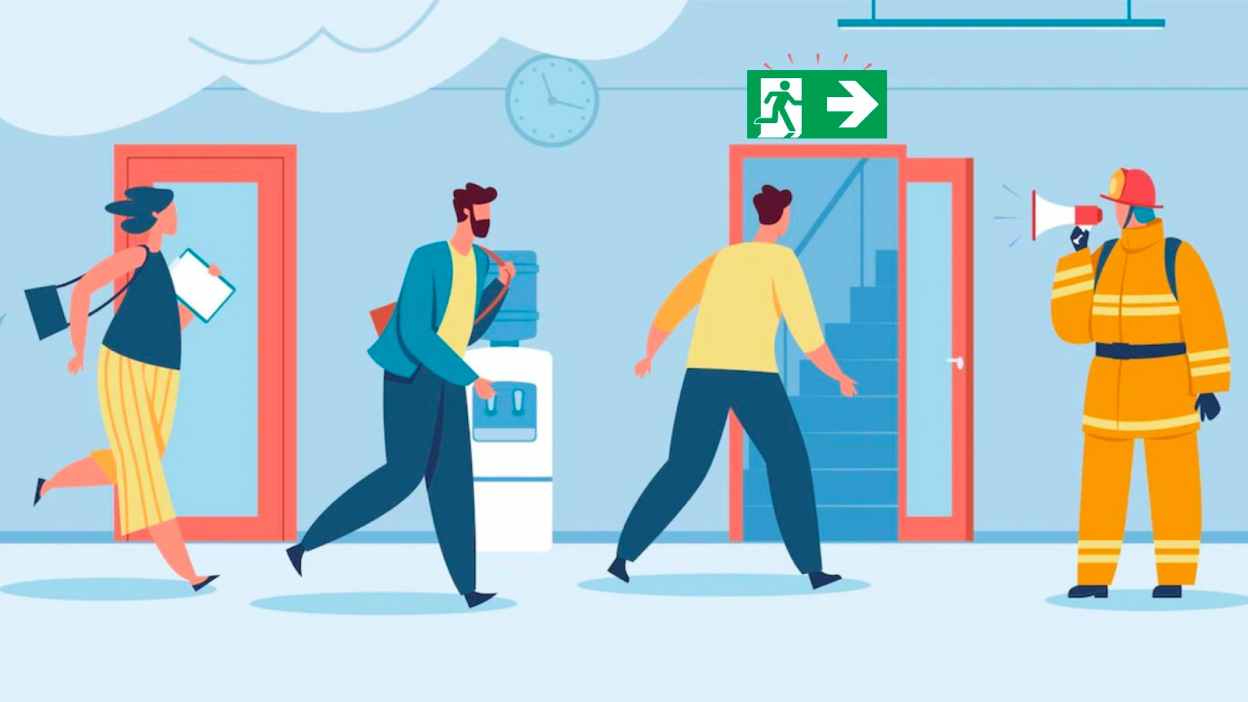
Technology makes it easier for responders to assess threats, share information, and plan emergency responses. Some of the latest innovations in emergency response are poised to revolutionize the way response teams analyze events and coordinate their activities, while dramatically changing the way the public deals with emergencies. There are also things that can be changed to .
Of course, the effectiveness of these tools depends on who uses them. An advanced degree, such as a master's degree in public health, can provide students with the opportunity to learn about innovative practices in emergency situations and prepare them to improve the country's crisis response system.
What is Emergency Management?
The Federal Emergency Management Agency (FEMA) defines emergency management as "a leadership function tasked with creating a framework within which communities can reduce their vulnerability to hazards and manage disasters."
Emergency management is one aspect of public health. It may be controlled by the federal government, but county and city level agencies also play an important role. According to FEMA, emergency management he consists of four distinct phases.
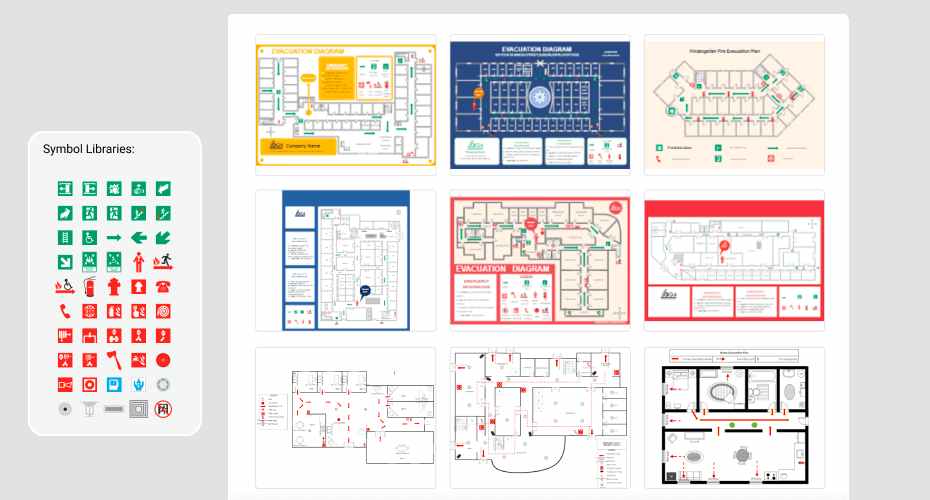
- Mitigation – Mitigation includes proactive measures to prevent or mitigate the impact and consequences of an emergency. These may be physical measures, such as preventing potential flood damage by digging canals or building embankments, or they may be financial or legal activities, such as purchasing insurance policies.
- Preparedness - Being prepared means planning ahead for emergencies of all kinds and educating communities and individuals on what to do when an emergency occurs. This step may include conducting exercises and creating a plan listing the steps to take in the event of a disaster.
- Response - The response phase includes all steps taken immediately following an emergency or catastrophic event. This may include implementing response plans, adopting search and rescue tactics, and implementing protective measures.
- Recovery — Recovery is the process of restoring normal function after a disaster or catastrophe. This long-term step often involves minimizing financial problems, rebuilding damaged structures, and repairing vulnerabilities to prevent future disasters.
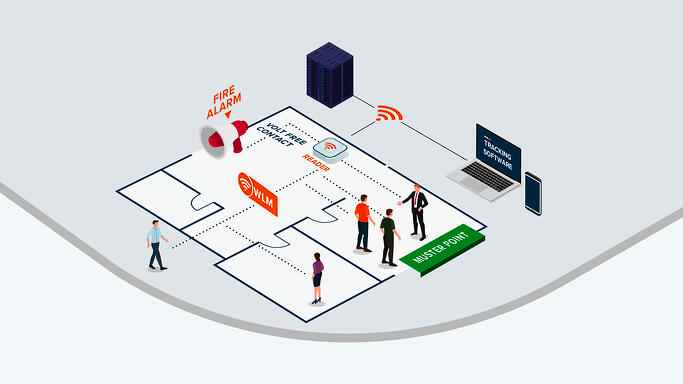
The goal of emergency management is to identify potential disaster vulnerabilities within a community and develop strategies to provide protection and build community resilience. Achieving this goal will enable the community to minimize damage and maximize functionality in an emergency.
Examples of emergency situations and software solutions
All forms of emergency management have the primary goal of protecting communities, but the scope and impact of the emergency itself varies. In short, public health leaders need to understand how to respond to emergencies of all kinds to optimize post-disaster impact. Examples of emergencies are:
- Natural disasters – These include floods, hurricanes, tornadoes, wildfires, and earthquakes.
- Public health crises – These include epidemics, pandemics, and other disease outbreaks ranging from new strains of influenza to new and potentially deadly diseases such as COVID-19.
- Terrorist attacks - These can range from bomb threats to threats or the use of biohazardous substances.
- Radiological and Chemical Emergencies – These include accidental releases of radioactive material or other toxic substances that can cause widespread damage in a particular area. Irrespective of the type of emergency, public health officials can help allocate resources more effectively and develop innovative emergency management strategies that incorporate technology to make it easier for people to get help. You can prepare.
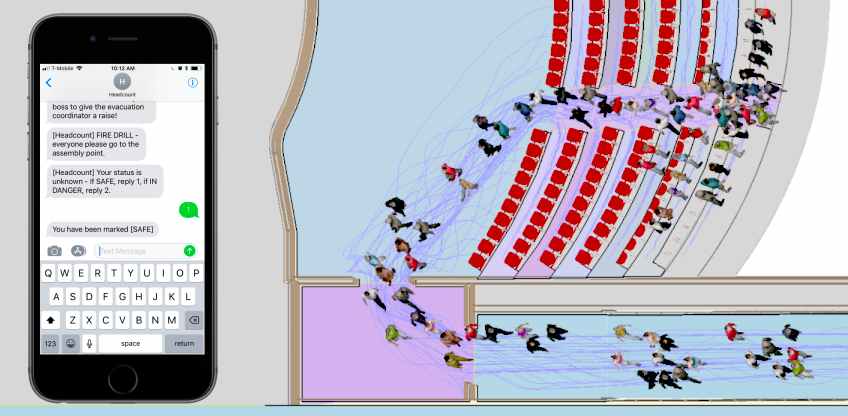
Emergency evacuation software: evacuation plan design
Who is emergency evacuation software for?
For Companies - Employers, Managers, Rspps, Aspps and supervisors - Comprehensive SaaS emergency evacuation software for workplace health and safety management. allows to manage activities and monitor your company's workplace safety status in one place. Share information with colleagues and anyone you wish.
For Consultants, HSE professionals and consulting firms the emergency evacuation software allows to work concurrently with the team on the same project. It helps to share your work with clients and focus on important tasks.
Emergency evacuation software benefits
The evacuation process has historically been disorganized and poorly communicated. Emergency evacuation software gives you peace of mind that everyone in your facility is safe and that you've reached the right collection point in an emergency.
Digitized pattern
Forget the chaos of unreliable manual processes and benefit from real-time evacuation lists and built-in agility to respond to escalations.
Quicker evacuation
Reduce onsite and facility evacuation times by improving efficiency and facilitating compliance and adaptation to changing compliance and audit requirements.
Evacuation tracking
Call or alert evacuees directly via the mobile app, find those in need, and bring everyone together with automated appeals delivered via the app and SMS. robust communication
Real-time updates and two-way communication improve communication between teams and keep everyone on the same page for faster, safer and more efficient evacuation.
How to Create an Evacuation Plan for Your Business
When a fire threatens your employees and your business, countless things can happen, each with devastating consequences. When an office tower caught fire in Sydney, Australia in mid-2018, construction workers had to race against time to climb safely as the exterior walls of the building erupted in a wall of flames.
1. Imagine different scenarios
When developing a fire evacuation plan, start with a few basic questions to explore the main threats your business could face in the event of a fire. How do fires start?
The National Fire Protection Association notes that from 2007 to 2011, there were an average of 3,340 office building fires per year. Research has found that cooking utensils, deliberate arson, and electrical malfunctions are the most common causes of workplace fires. Subsequent analysis The US Fire Service has identified cooking as the leading cause of fires in non-residential buildings over the past decade.
what are your risks? Think about why a fire could endanger your business. Do you have a kitchen in your office? Do you use portable heaters and personal refrigerators?Do wildfires threaten your location every summer?Be aware of the threats and how they enter your organization. With cooking fires at the top of the list for office real estate, "house rules" should be established regarding the use of microwave ovens and other office kitchen equipment.Hot plates, electric grills, and more in the office use of cooking utensils - outside the kitchen area.
What if "X" happens?
Create a list of "what if X" questions and answers. Make the "X" as company-specific as possible. Consider a boundary scenario like this:
- "What if the authorities evacuated us and he loaded his weekly ice cream delivery into 15 refrigerated trucks?"
- "What if I suddenly have to leave the headquarters?"
By thinking of different scenarios, you can create an action plan. This exercise also helps bring fire incidents no one imagines to the collective consciousness of the organization for true fire prevention.
Fire is dangerous enough on its own, but the threat is often exacerbated by panic and chaos if your business isn't prepared. The best way to prevent this is to have a detailed and rehearsed fire evacuation plan.
A good evacuation plan can prepare you for all emergencies, not just fires, but natural disasters and mass shootings. Providing your employees with proper evacuation drills allows them to leave the office quickly in an emergency.
2. Establish roles and responsibilities
Employees look to their managers for reassurance and guidance in the event of a fire and the need to evacuate the company. Establish a clear chain of command, backing up who has the authority to order an evacuation.
The key roles to create as part of your fire escape plan are:
- Chief Fire Warden - This employee has overall responsibility for fire incidents, including planning and preparation. Chief firefighters often make sure doors are closed, check restrooms, and count additional personnel in safe areas.
- Assistant fire warden — This person uses the mass alert system to notify employees, calls the fire department, and gathers reports. If your company is using an emergency communication system, make sure this person is a system admin.
- Route guides — Route guides play an essential role in ensuring that routes are clear and evacuation is orderly and calm.
- Floor monitors — The floor monitor is the last person out after making sure the area is clear. They'll have an assigned area to cover, ensure all employees evacuate, and report back to the chief fire warden once safe. When assigning roles, ensure that your fire safety team is reliable, present, and ready to respond in an emergency. Also, be careful not to make your organization's firefighters too department-centric. For example, members of a sales team may be extroverted and more prone to volunteering, but need to spread responsibilities across multiple departments and locations for better representation.
Document all these expectations as well as contact information for your fire safety team. The easiest way to do this is to fill out a complete fire evacuation plan template. Then distribute the plan to the rest of the company, along with other helpful information such as evacuation maps with floor plans, so everyone knows what to expect and what to do.
3. Identify evacuation routes and nearest exits
A good fire escape plan for your business includes primary and secondary escape routes. Clearly mark all escape routes and fire escapes. Evacuation routes should be kept clear of furniture and other items that may impede direct employee exit. For large offices, create and post some maps with floor plans and diagrams to help employees know evacuation routes. Best practice also calls for the development of separate evacuation plans for people with disabilities who may need additional assistance.
Where do your men go when they leave the building?
Ensure a safe gathering place for employees. Assign assistant firefighters at rally points to collect staff numbers and provide updates. When firefighters communicate using AlertMedia, polling capabilities can be used to quickly determine who is safe and who is still missing.
Finally, make sure your evacuation routes and gathering areas can accommodate the number of employees you plan to evacuate. Each plan should be specific to the business and workspace it is intended to serve, but below is an example fire escape floor plan for a fictitious business:
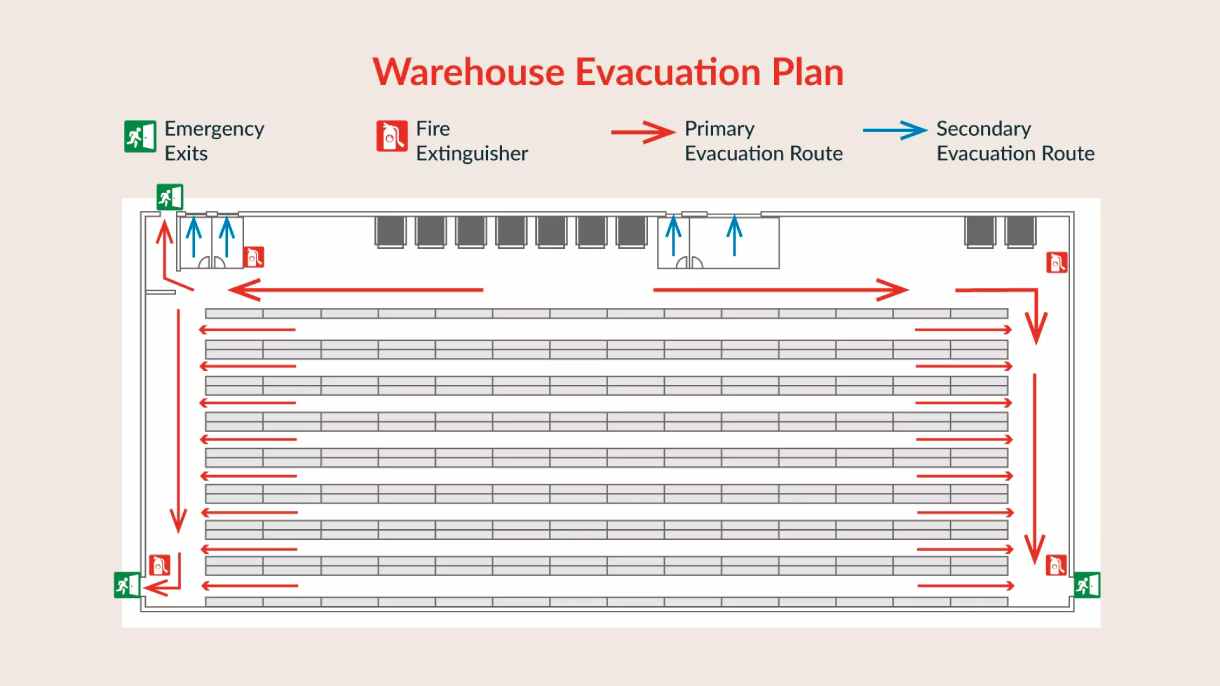
Fire escape floor plan example
4. Have a communication plan
When developing evacuation plans and conducting fire drills, the person(s) primarily responsible for notifying fire and emergency services and communicating to key stakeholders such as employees, customers, and the news media ( (for example, an assistant firefighter). If applicable, assess whether your crisis communication plan should also include public relations, suppliers, transportation partners, and government officials.
Choose your communication links carefully. To enable timely and accurate communication, this person may need to work from another office if a fire (or fire hazard) affects the headquarters. As a best practice, backups should also be trained in case the crisis communication lead is unable to perform his duties.
Once this critical role has been identified, a robust multi-channel emergency communication system must be provided. Reactions to fire are very chaotic. People can't access normal communication channels, forget to check, or the network can go down.
Ability to send notifications via email, phone calls, SMS, and mobile apps to reach building residents through preferred and secondary communication methods to ensure that messages are distributed as widely as possible; I can. This way the fire brigade and emergency services can be reached as quickly as possible. An intuitive emergency contact tool like AlertMedia makes this seamless. If some employees evacuate without their personal cell phones, the fire chief must conduct a manual roll call to ensure all employees are accountable.
Once the tool is in place, the communications team should explain to the appropriate stakeholders the impact of the situation on the business, actions to be taken, and next steps.
5. Understand and inspect tools
Have you checked your dusty office fire extinguisher in the past year?
The National Fire Protection Association recommends refilling reusable fire extinguishers every 10 years and replacing disposable fire extinguishers every 12 years. Also, make sure to regularly inform your employees of the location of fire extinguishers in the workplace. Create a schedule to ensure other emergency equipment is up to date and working, including:
- fire alarm system
- emergency lighting
- Fire doors (if applicable)
- Escape ladder (if applicable)
- Loudspeakers, megaphones for firefighters, or batons for traffic controllers
In addition to these critical fire safety items, educate your employees on the usefulness of everyday office supplies in emergency scenarios. For example, office chairs and filing cabinets can be used to break down windows and doors in case of fire. 6. Practice fire evacuation procedures
If you have kids in school, you know they do "fire drills" often, sometimes monthly.
Why?
Conducting regular rehearsals minimizes confusion, helps children understand how safe fire drills work, and ultimately helps them understand what to expect when a real emergency occurs. Panic can be reduced. Safe outcomes are more likely to be expected from sober students who know what to do in the event of a fire. Studies have shown that adults benefit from the same approach of repeated learning. Fires progress quickly and seconds can make the difference, so individual preparation for a possible evacuation is required.
Key fire evacuation leaders should meet quarterly to schedule a full rehearsal of the company's fire evacuation plan on an annual or semi-annual basis. Check all local fire codes for your facility to meet safety requirements and to ensure that rescue personnel are aware of your organization's evacuation plan.ù
7. Tracking and Reporting
During a fire emergency, company safety officers need real-time contact and progress tracking. Surveys are an easy way to get status updates from your employees. Deputy firefighters simply send surveys asking for status updates and monitor responses in real time to see who is safe. Most importantly, the Lieutenant Firefighter can see who is not responding and direct resources to help those in need. The biggest challenge you face is getting reports from people who are not in the office. At some point, someone is sick or on vacation. Since these people are clearly not at the collection point, you may wonder if they made it out of the office safely.
With this in mind, be sure to include response options such as 'I'm out of the office today' in your survey to make everyone's situation clear.
For large organizations, event pages let everyone share real-time information. This gives employees a web link to check for real-time updates.

